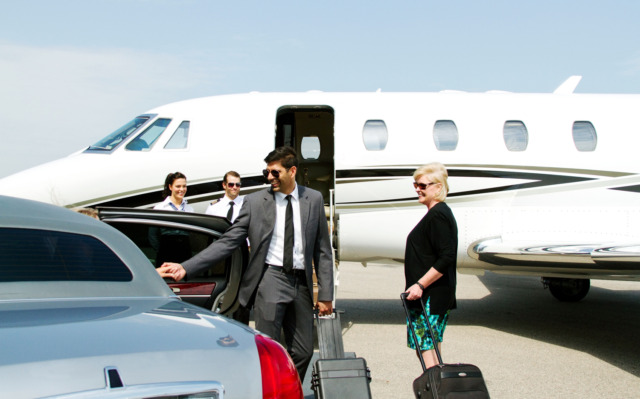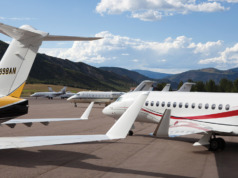
If one were to measure the size of corporate travel spend worldwide going back to the pre-COVID-19 era, it would be well in excess of one trillion dollars. There is no equivalent measurable metric for the relative size of the cumulative corporate aviation spend, as those numbers are well-guarded and rarely published below the C-level in any corporation. The future challenges of business travel and the costs of business aviation are a call for collaboration instead of competition.
Separate Departments
As a general rule, the Corporate Aviation Department and the internal Travel Department rarely converge under single management. Corporate Travel Departments tend to report into Procurement or Finance, and with some exceptions, to HR. Corporate Aviation typically reports to the C-Suite, as their passengers typically are the highest-ranking executives on whom the demands for travel confidentiality and efficient use of time are the heaviest.
Quite often, the corporate aircraft will be headed to a destination that is consistent with the top 20 destination cities for a company’s corporate travel. Empty seats on the aircraft, especially empty ferry-flights, are a lost opportunity to reduce your total travel expenses by filling those seats with an internal employee (unless complete privacy is an issue: for example, during a potential merger or acquisition negotiation).
Time for Collaboration
If the corporate travel department had better integration with Corporate Aviation, load factors could increase, which would lower costs. Conversely, there might be economic advantages to moving a business aircraft passenger onto public transportation, depending on the number of travelers and city-pairs. Some of the major network carriers have a separate department for charter, which is incremental spend that can be leveraged along with the corporate spend for optimized discounting with that carrier.
Some giant retailers, automobile manufacturers, and technology companies have fully integrated the management of corporate travel and business aircraft into a single unit responsible for all traveler demographics. Unfortunately, these still are in the minority. And with the uncertainty of travel in 2021 both in terms of safety and budget, there is no better time to find ways to optimize both units for improved efficiency, costs, and most importantly, safety.
The Role of the Travel Management Company
Travel agencies that specialize in corporate travel are self-described Travel Management Companies (TMCs). They are ideally positioned to support both the corporate aviation department and internal travel management by identifying bookings made for multiple internal staff to the same destination (whereby a business case could be made for the use of the corporate jet), Or, in the reverse, there may be a scheduled flight for a city- pair on the business aircraft, but the number of passengers has decreased to a level where the use of the company aircraft cannot be cost justified.
Of course, many companies lack a formal managed travel program. Absent a central department to book all employee reservations, the company may not be able to locate travelers in an emergency, or ensure that negotiated discounts on airfare, hotels, and car rental are applied.
There’s no doubt that travelling via business aircraft is a more efficient, secure, and flexible experience. As we enter this new year, there will be another opportunity to integrate and collaborate between the two corporate departments so that the aircraft load factors are at peak efficiency, and executive and employee business privacy is ensured while in transit.
If the Travel Department does not yet exist in your company, here is the perfect opportunity for Corporate Aviation to show how the discipline and zero-tolerance for errors can be applied to business travel as well. Corporate travel departments and internal aviation departments must collaborate for the benefit of your executives and, ultimately, your shareholders. BAA
Andrew W. Menkes, CTC, Founder & CEO of Partnership Travel Consulting, LLC a 20-year corporate travel global consultancy. He’s received a number of industry awards including induction into the Business Travel Hall of Fame.




